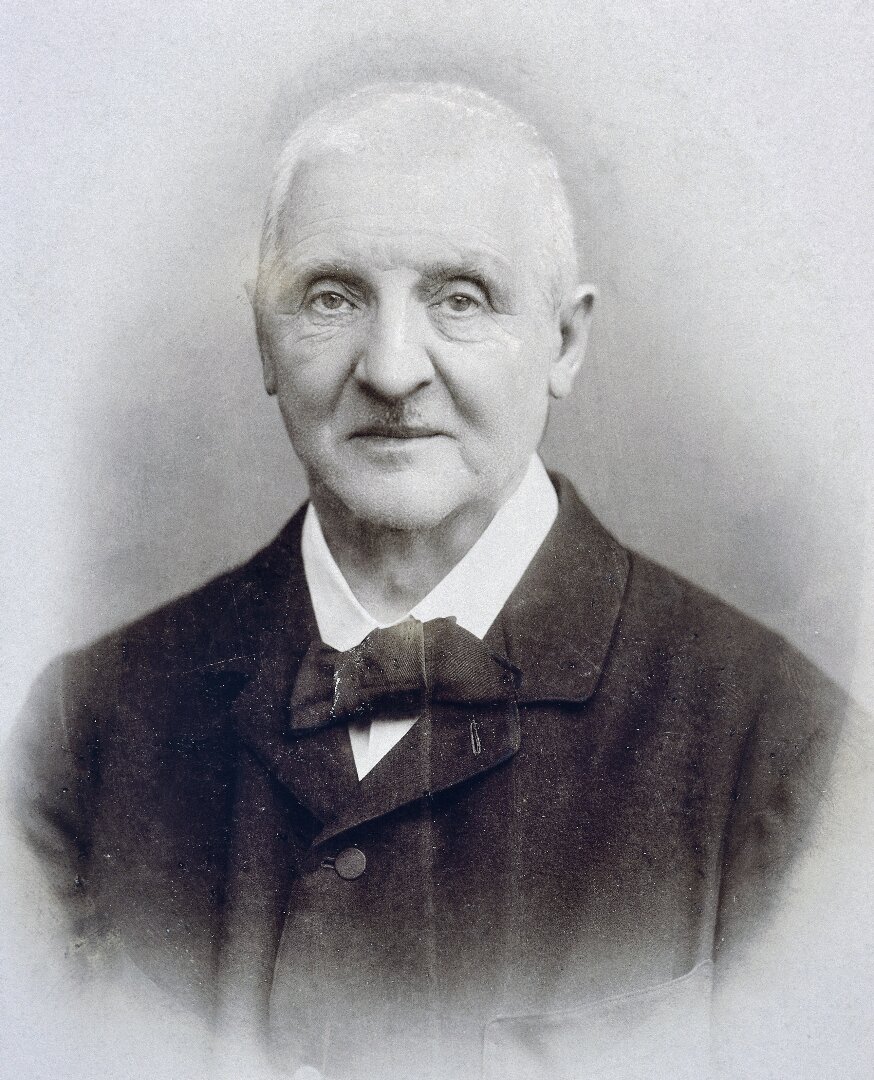
“I am just a poor village organist.” -- Anton Bruckner
SYMPHONY: An elaborate orchestral composition typically broken into contrasting movements, at least one of which is in sonata form.
FURTHER LISTENING:
Bruckner: Symphony No. 3
Symphony No. 7 in E Major
String Quartet in F Major
Program note
The Viennese composer Anton Bruckner, born to a humble rural schoolmaster, was a lifelong bachelor, but it wasn’t for lack of trying. A painfully shy but compulsive man, he documented each marriage proposal in vivid detail, perhaps even obsessively, in his “marriage proposal log.”
He was methodical. He was a perfectionist. And, like many a rejected suitor before him, he compensated by throwing himself into his work and devoting himself to religion.
The “Romantic” fourth symphony is Romantic in the capital sense. It’s a large-scale, sublime work of huge emotion and turmoil. But there’s also something personal and innocent and intimate in some of the phrases, almost a hope of something greater to come. Bruckner provides the following somewhat vague note about the work’s subject: “Medieval city — Daybreak — Morning calls sound from the city towers — the gates open—On proud horses the knights burst out into the open, the magic of nature envelops them — forest murmurs — bird song — and so the Romantic picture develops further.”
The symphony opens with trembling strings, a hushed whisper, as a bright horn calls above. Soon, winds take up the call, with the horn responding below, before the entire orchestra blasts in and transitions to the second theme, a more lyrical, tuneful section. The horn calls and song section alternate and blend and develop over the course of the movement.
The second movement begins more solemnly, with cellos introducing a winding melody with sparse accompaniment. (Horns still interject with little hunting calls.) This funereal music alternates with a more prayerful, hymn-like chorale. Meanwhile, the Scherzo movement again features the horns in hunting calls, now contrasted with a more rustic trio. Each movement has two primary styles or moods that alternate throughout.
To close, Bruckner sends his hunters home to great fanfare in an expansive movement that winds its way to a reverent, glorious finale, bringing the hunting calls back for a final blast.
Like his marriage log, Bruckner’s fourth symphony is a meticulous work of self-reflection and growth. It’s also a classic example of the “Bruckner problem,” given that the composer revised the work numerous times over a period of about 14 years. Some editions bear traces of friends and other composers’ edits — the most commonly performed version of this symphony is the second version, which he adapted in 1880.
(c) Jeremy Reynolds 2024
